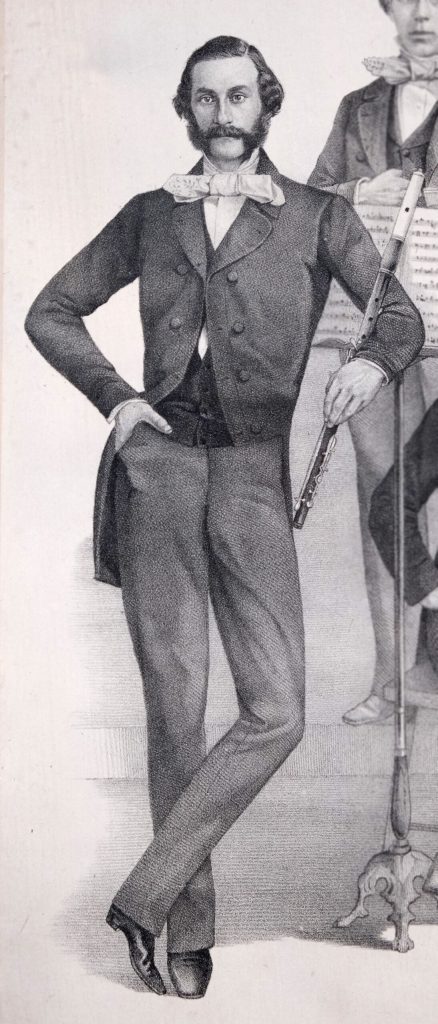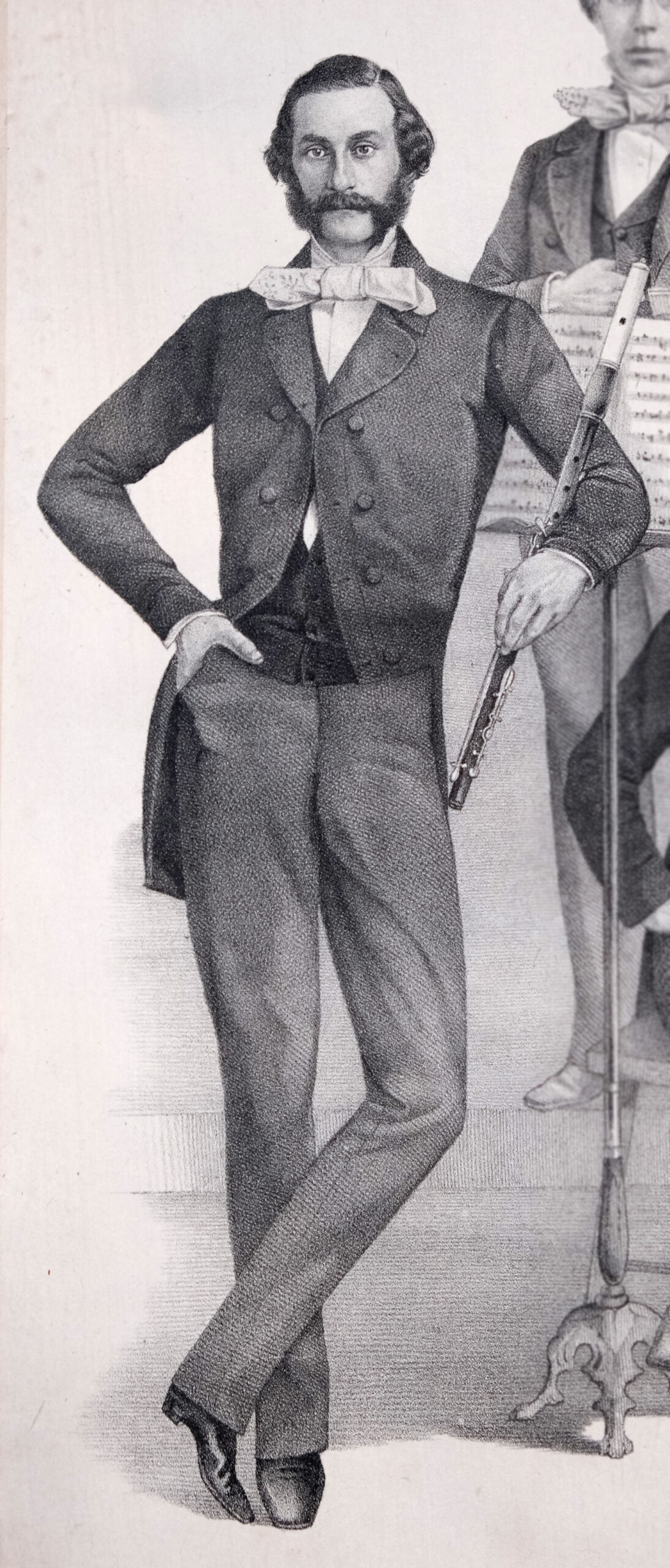
“Max Zerrahn’s Photo Collection ‘Musical Chairs'”

### Max Zerrahn’s Photographic Series ‘Musical Chairs’: A Visual Journey into Uncertainty and Human Relations
#### Introduction
In modern photography, the exploration of ambiguity and interpersonal connections has seen a notable rise. One series that excels in this area is *Musical Chairs* by celebrated German photographer, Max Zerrahn. With a reputation for capturing ephemeral moments and unraveling the emotions inherent in daily life, Zerrahn employs his camera to investigate profoundly human experiences and social interactions. *Musical Chairs* encapsulates this—it’s an elaborate visual metaphor inspired by the well-known childhood game, yet enriched with subtle meanings that encourage audiences to look closer.
#### Conceptual Foundation: A Playful Game, a Serious Insight
*Musical Chairs* is a photographic series inspired by the classic game where players stroll around a circle of chairs to music. Once the music halts, participants must swiftly grab a seat, leaving one person standing. The tension of the game, marked by the unavoidable exclusion of one player, effectively serves as a metaphor for competition, human fragility, and uncertainty.
For Zerrahn, this series captures the delicate and fleeting nature of life—instants where chaos and ambiguity feel both personal and shared. Throughout the collection, chairs are depicted as more than just furniture; they embody structure, stability, and order, ready to topple at the abrupt cessation of “music.”
#### Visual Aesthetics: Minimalism Meets Symbolism
The visual composition of *Musical Chairs* merges minimalism with conceptual art, presenting a striking simplicity. Max Zerrahn’s selection of settings is crucial in expressing the emotions woven throughout the series. Soft color schemes, desolate urban or sparse rural landscapes, and minimalist layouts create a vivid contrast to the intense theme of the ‘game.’ Certain images showcase solitary figures next to stark, abandoned chairs, while others illustrate group dynamics tainted by a haunting absence of interaction.
In one compelling photograph, a lone chair rests on cracked pavement, illuminated by gentle, diffused sunlight. The chair seems to beckon the viewer, yet its solitude conveys a sense of unwelcome isolation, intensified by the vast concrete backdrop. Zerrahn builds tension by omitting essential components, particularly the participants. The lack of movement or presence amplifies the expectancy—just moments before the music halts, one might ponder.
#### Human Dynamics: Space, Movement, and Exclusion
While the literal game focuses on competing for resources (in this instance, chairs), Zerrahn’s series turns the spotlight on the more inner and abstract dimensions of human conflict. Numerous photographs showcase chairs scattered chaotically across various contexts—vacant fields, crumbling industrial sites, and geometric city layouts. These visuals reflect the randomness of fate and societal acceptance, raising broader existential inquiries: Who claims the chair? Who wields control over the music? What occurs when the seat—representing security, success, peace, or happiness—remains just out of reach?
The social element is also highlighted in *Musical Chairs*. In several poignant images, traces of human interaction are visible, featuring figures who appear remote, detached, or reluctant to interact. Zerrahn accentuates the ‘awkward dance’ fundamental to human relationships: the tension of intimacy, looming loss, and rivalry. In these scenes, it feels as if the figures partake in an unseen game, perpetually awaiting an event that never fully materializes, yet tied morally and emotionally to its evolution.
#### Interrupting the Cycle: Symbolism in Motion
In contrast to many of his contemporaries, Zerrahn’s interpretation of stillness and movement is intricately sophisticated. While traditional photographers may capture movement in a single shot with slower shutter speeds, Zerrahn encapsulates movement through spatial arrangement and positioning. Instead of concentrating on the literal movement of individuals transitioning between chairs, he immortalizes the in-between states, where deliberation, hesitation, and expectancy manifest. This approach renders movement nearly metaphysical in Zerrahn’s work—capturing human vulnerability and choice during the music’s silence.
One of the series’ most iconic images features a round table and chair indoors, suggesting a suspended moment in time. Sunlight softly illuminates the side of the chair, emphasizing its solitude while also alluding to the potential presence of individuals who could have been or might soon arrive. The absence of direct action contributes to the tension that Zerrahn skillfully weaves, evoking both enigma and a sense of unsettling familiarity.
#### Philosophical Undercurrents
The title *Musical Chairs* signifies more than just a straightforward recreation of the childhood game. As Zerrahn elaborated in an interview regarding the series, the project also addresses humanity’s existential dilemmas about choice, authority, and the unpredictable nature of life. By distorting the framework of a simple game, he reflects life’s inherent randomness and the importance of…